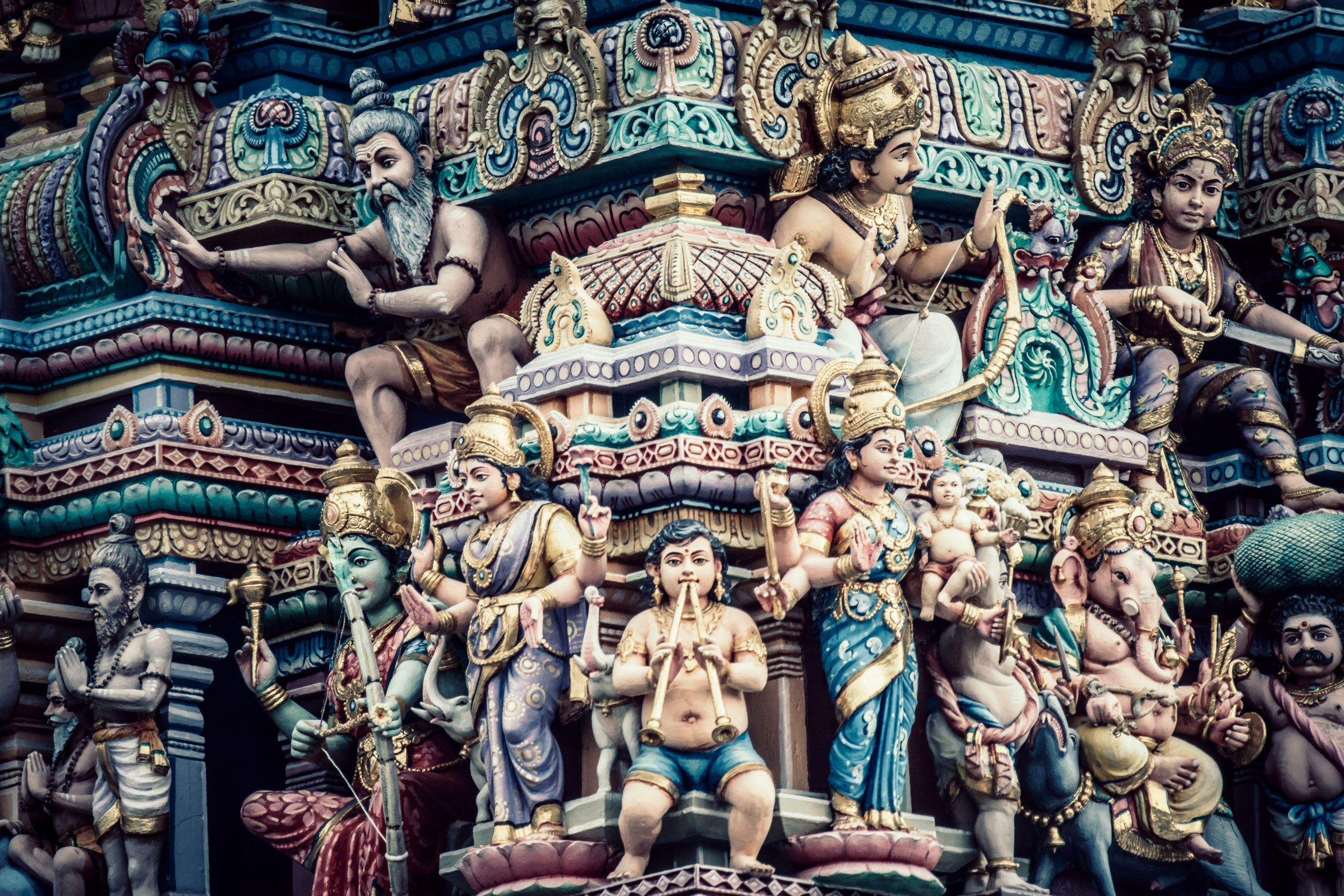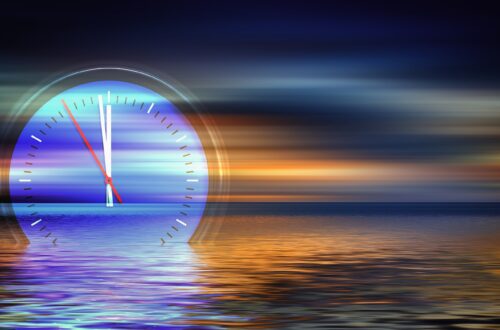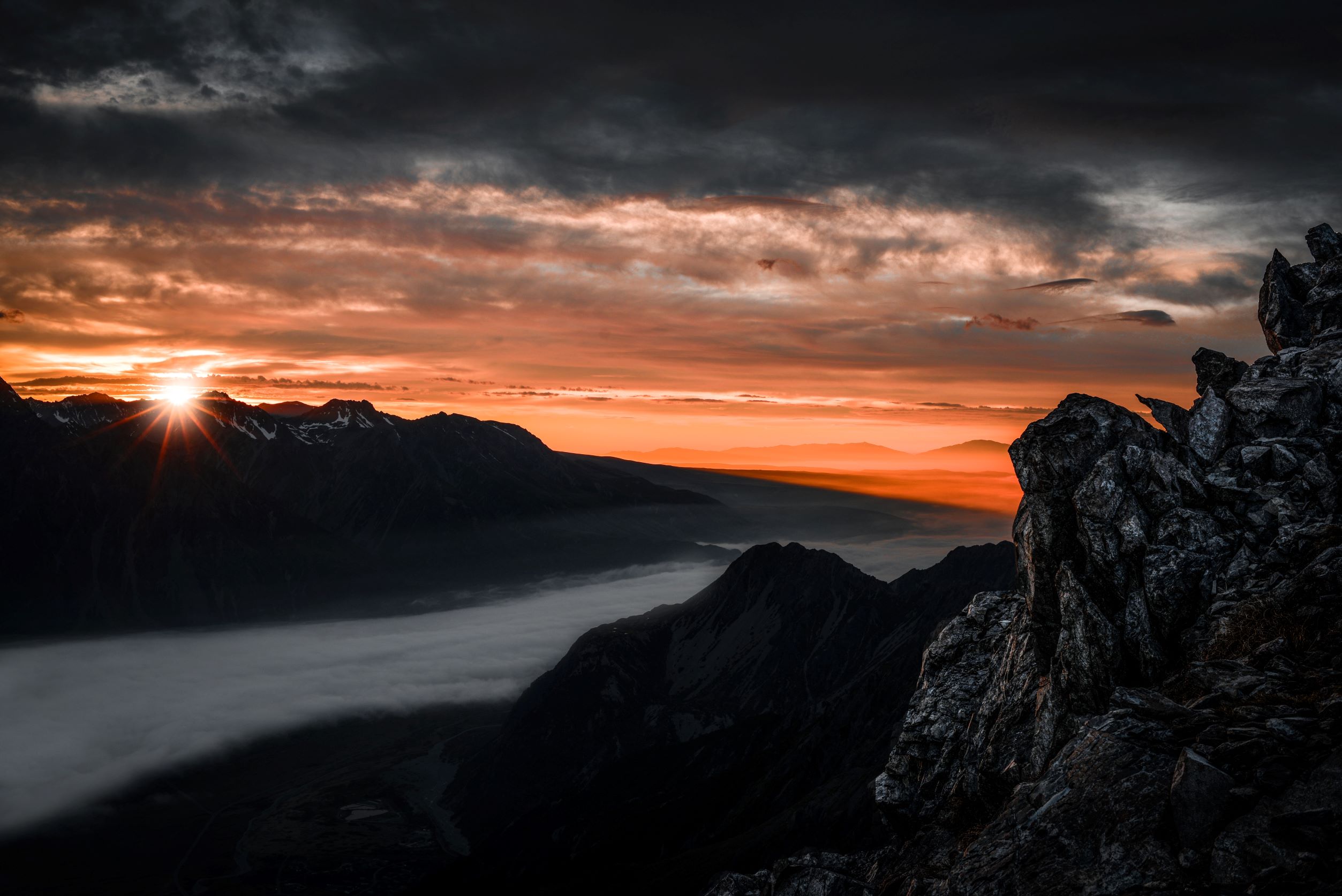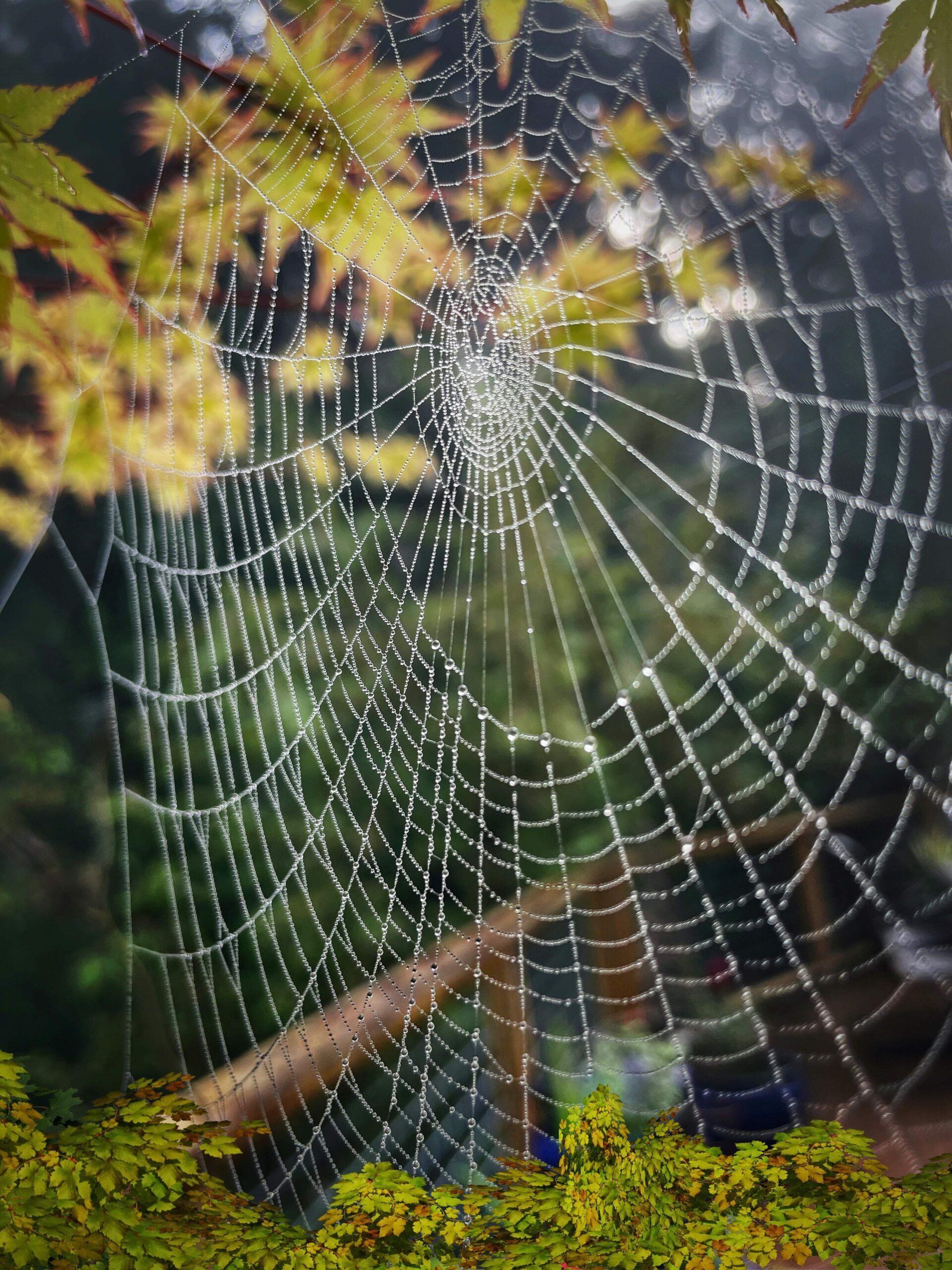
The Kali Yuga
The Kali Yuga is the fourth and present age of the world cycle of yugas according to Hinduism. It represents an age of darkness and depravity in humanity that leads to the destruction of the world. More and more people think we might be in the dark age of the Kali Yuga right now.
What do you think?
Let’s explore this idea a little more. First off, what is the Kali Yuga?
What is the Kali Yuga?
The Kali Yuga is the last stage of a cycle of four Yugas that is part of a much vaster Hindu cosmology.
It is the stage of deterioration and destruction where at the end of this age Shiva will come and destroy the world and restart the cycle anew.
Yuga is a Sanskrit word that means epoch or era.
It’s called the Kali Yuga because at the end of the preceding Dvarpara Yuga, Krishna, representing wisdom and enlightenment leaves the earth and is replaced by the demon, Kali, not to be confused with the goddess Kali.
The demon Kali could not descend to the earth until Krishna had left because Krishna kept ignorance and irreligion at bay.
As the Hindu poet, Krishnadas has written,
“Wherever there is sunshine, the darkness of illusion will immediately vanish.”
As a result of the Kali Yuga, the social order is turned upside down. Instead of serving and educating people, religious and political leaders abandon virtue and become the chief criminals in society.
In this age, deception, superstition, and hypocrisy in the name of religion are the status quo as spirituality and morality disappear.
Humanity, losing contact with the deeper sources of wisdom will no longer strive for enlightenment.
The Hindu Cosmology
Before we go any farther, let’s take a broader look at the Yugas and the cosmology behind them. If you are not interested in these details, you can skip ahead to the brief summary of the ancient Greek races of man, and then we will tie it all together.
The Sutya Yuga is the first yuga and lasts for 1,728,00 years and represents humanity at its highest level. It is the age of truth, virtue and enlightenment and there is practically no ignorance or vice.
The Treta Yuga is next and lasts for 1,296,000 years. Here humanity has declined by a quarter in spirituality and virtue.
The Dvarpara Yuga follows and lasts for 864,000 years. It continues the spiritual decline. Now virtue and sin show up in equal measure.
The Kali Yuga is the final stage and lasts for 432,000 years. This is the age of conflict comprised of one-quarter virtue and three quarters sin. As the age continues even that small amount of virtue slowly withers away.
The whole cycle is called the Mahayuga and is 4.32 million years long. If you noticed, the longest Yuga is the first one, and it is also the most spiritually advanced one. Each succeeding Yuga deteriorates by a quarter in length and in spiritual goodness from the preceding Yuga.
A thousand Mahayugas is the equivalent of one kalpa which is equal to one day in the life of Brahma.
At the end of 1000 Mahayugas or one Kalpa, another period of one kalpa occurs. It is a period of dissolution or Pralaya where all life forms are destroyed.
This is called the night of Brahma. So, one kalpa (the day of Brahma) plus one kalpa (the night of Brahma) is a complete day of Brahma. After the night of Brahma, the cycle of 1000 Mahayugas starts all over again.
The Mythological Story of Brahma
In mythological terms, Vishnu sleeps in the cosmic ocean, and the lotus of the universe grows out of his navel. On the lotus sits Brahma, the creator. Brahma opens his eyes, and a world comes into being, governed by an Indra. Brahma closes his eyes, and a world goes out of being. After 1000 of these Mahayugas, Brahma dies and the lotus goes back into the navel of Vishnu. After the night of Brahma, a new lotus is formed, and another Brahma sits atop it, and humanity takes another journey through the 1000 Mahayugas.
The Ancient Greek Races of Man
Ancient Greek mythology tells a very similar story dealing with the races of man. Humans begin in a near divine state in what the Greek poet, Hesiod, calls the Golden Age.
Over time, humans degenerate as they move through the Silver, the Bronze, and finally, the Iron Ages. The Iron Age is equivalent to the Kali Yuga.
In the Iron Age, Hesiod says humans are evil and selfish, burdened with meanness and sorrow. Virtues and spirituality have disappeared, and most gods have left the earth. He predicted Zeus would destroy the race of men some day for Iron is the hardest metal and most troublesome to work.
Why Does the Modern Worldview Says Things are Getting Better, not Worse
While similarities with the Hindu cosmology are apparent, one difference is the Greek history of the human races is not embedded in anything like the grand cosmology of Hinduism. It is not even clear if Zeus will end up destroying life or not.
This notion of humanity beginning at the highest spiritual level, living closest to the source of life and wisdom, and then slowly deteriorating as time passes, is a pre-modern perspective.
This is in contrast to our modern worldview that sees humanity evolving from the lower primitive states of ignorance and superstition to the higher modern states of knowledge and wisdom.
Author, Steven Pinker and others have written about the improvements humanity has made over the years. For example:
War is rarer today and when it does occur it is significantly less deadly. Genocides and mass atrocities are less common. Life expectancy, literacy and standards of living have increased dramatically. Hunger, extreme poverty and child mortality have steadily declined.
Life spans are longer. Modern medical care now easily cures diseases that used to be fatal. The creation of wealth and technology have improved the lives of many people who previously struggled for their existence.
Why the Kali Yuga Says Things are Getting Worse
So, there are arguments on both sides of the issue. Let’s balance this with some additional aspects associated with the Kali Yuga.
In this age, people will display more animosity to one another. People will become more irrational, letting their emotions control them.
Disreputable people will teach the truth as the wise teachers will be gone or ignored. Lust and intercourse will become the central purpose of existence.
Monarchs (Oligarchs) will reign on earth and they will be egotistical, violent and addicted to falsehoods and wickedness.
Property and money will alone confer prestige, and money and wealth will be our only source of devotion.
Passion and lust will be the sole basis for marriage as women will only be useful as objects of sensual gratification.
It is quite a contrast and we can see truths on both sides.
Even if humanity today isn’t more morally depraved than humanity was in pre-modern times, our technology is vastly more powerful, meaning our selfish actions get magnified, now having the power to end life on the planet.
In the Hindu cosmology, life does end briefly at the end of the four Yugas, but ends again for a much longer time (4,320,106,000 years) at the end of 1000 Mahayugas when the night of Brahma (non-existence) begins.
After that long period of non-existence, a whole new cycle of 1000 Mahayugas begins
We realize this is a mythology so is not to be taken literally.
How to Think About This
Yet, some of it does have a ring of truth, at least metaphorically. The Kali Yuga does seem to describe aspects of humanity today, and appears to be more spot on as time passes.
In Hindu mythology, its written in stone that humanity will fall, and therefore will be destroyed to bring about a new cycle of rebirth.
But as I wrote in my three previous articles on death, we can, individually, go through this process in our lifetime by learning to die before we die. We can attain rebirth in this lifetime. We don’t have to necessarily be flushed down the proverbial toilet to have a new start.
We can rebirth ourselves without having to physically die first.
If we have the courage, we can enter into that dark night of the soul and face ourselves and come out the other side, reborn. We don’t have to, after 1000 Mahayugas, enter into the Night of Brahma for a kalpa (4,320,106,000 years). We can enter into our own night of Brahma right here and right now.
Eknath Easwaran, in his translation of The Bhagavad Gita, makes the point that the universe lives and grows, then dies and lies dormant during this near eternity of time. He then says this about the grand cycle we have just covered,
“There is a state of being, however, that is higher than the perishable cosmos which is not born and does not die the cosmic death. Here it is called simply Avyakta, the Unmanifest. This is the supreme goal of all living things, and it is Krishna’s home. Returning to this final resting place, the soul enters into immortal bliss and it is not reborn.”
I can’t improve upon that as a closing.
To learn more: Click this link: The Magical Universe.
Photo by Dominik Vanyi on Unsplash




